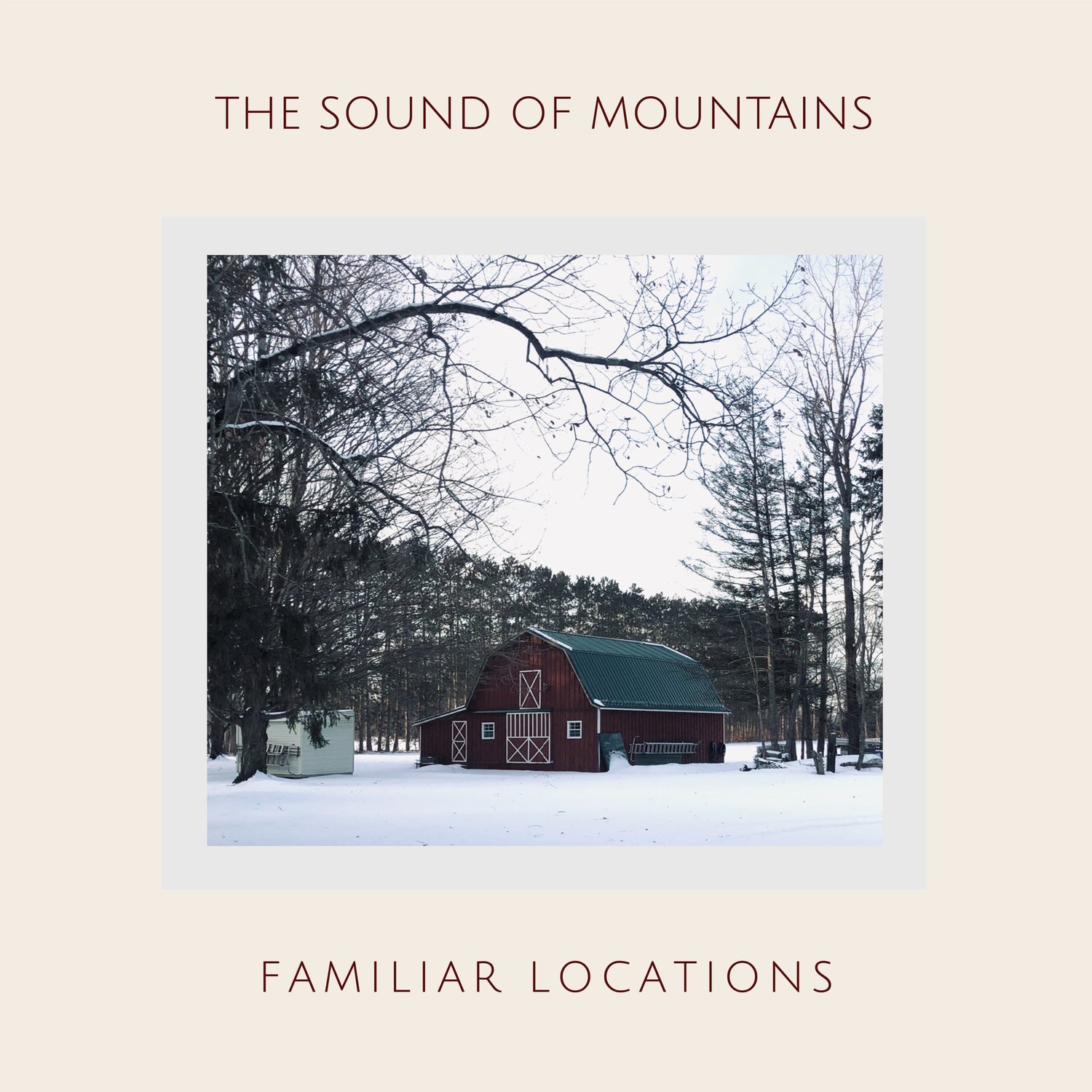
If terms such as “post-rock” and “shoegaze” evoke music made from cavernous squalls of sound and walls of noise, then The Sound of Mountains shows us another way to traverse such sonic landscapes. While tapping into the same effect-drenched guitar work at times, “Familiar Locations” reminds us that even music made of such howling harmonies and muscular melodies still needs breathing space. And these spaces being carved through the music found here are what set it apart from a lot of music made in the same generic quarters.
“Familiar Locations” ebbs and flows between the musical lowlands where shimmering guitars and minimal finger-picking grace hold sway, and the sonic highlands where they really cut loose, layering up tones and textures, one guitar line crisscrossing another, sometimes complimenting, occasionally contrasting, always creating something fascinating to behold.
And it is this balance, this ability to run from minimalist lulls to anthemic crescendos, from understated beauty to an overdriven elegance of noise, that is the absolute joy of The Sound of Mountains. It’s fundamental physics, really; if you start from a lower level, you have further to climb, and sometimes gradual, sometimes sudden change of volume and velocity, pace and purpose is what makes the music so striking and effective.
Impact isn’t always about turning things to eleven, as they say. Although The Sound of Mountains is not unfamiliar with that end of the dial, it is the ability to make music just as evocative and beguiling at the lower end of the volume spectrum that reminds the listener how creative the band is. Less is more, they say, but sometimes more is more, too; the art is knowing when to adopt which approach.
Facebook
Spotify
YouTube
Instagram